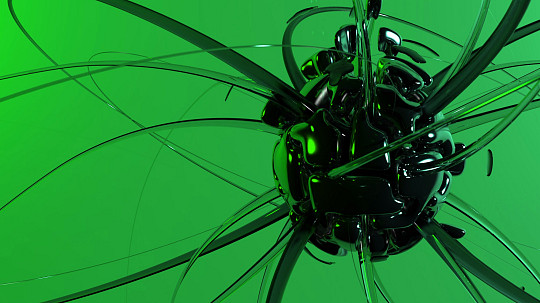The School operates the premier facility in Australia for accelerator-based research in physics of the nucleus. These facilities are centred on the 14UD electrostatic heavy-ion accelerator and a new modular superconducting linear accelerator booster. The accelerators feed a variety of experiments and instrumentation, enabling the study of:

You could be doing your own research into the physics of the nucleus. Below are some examples of student physics research projects available in our school.
Emeritus Professor Andrew Stuchbery, Emeritus Professor Tibor Kibedi, Dr Brendan McCormick
Please browse our full list of available physics research projects to find a student research project that interests you.